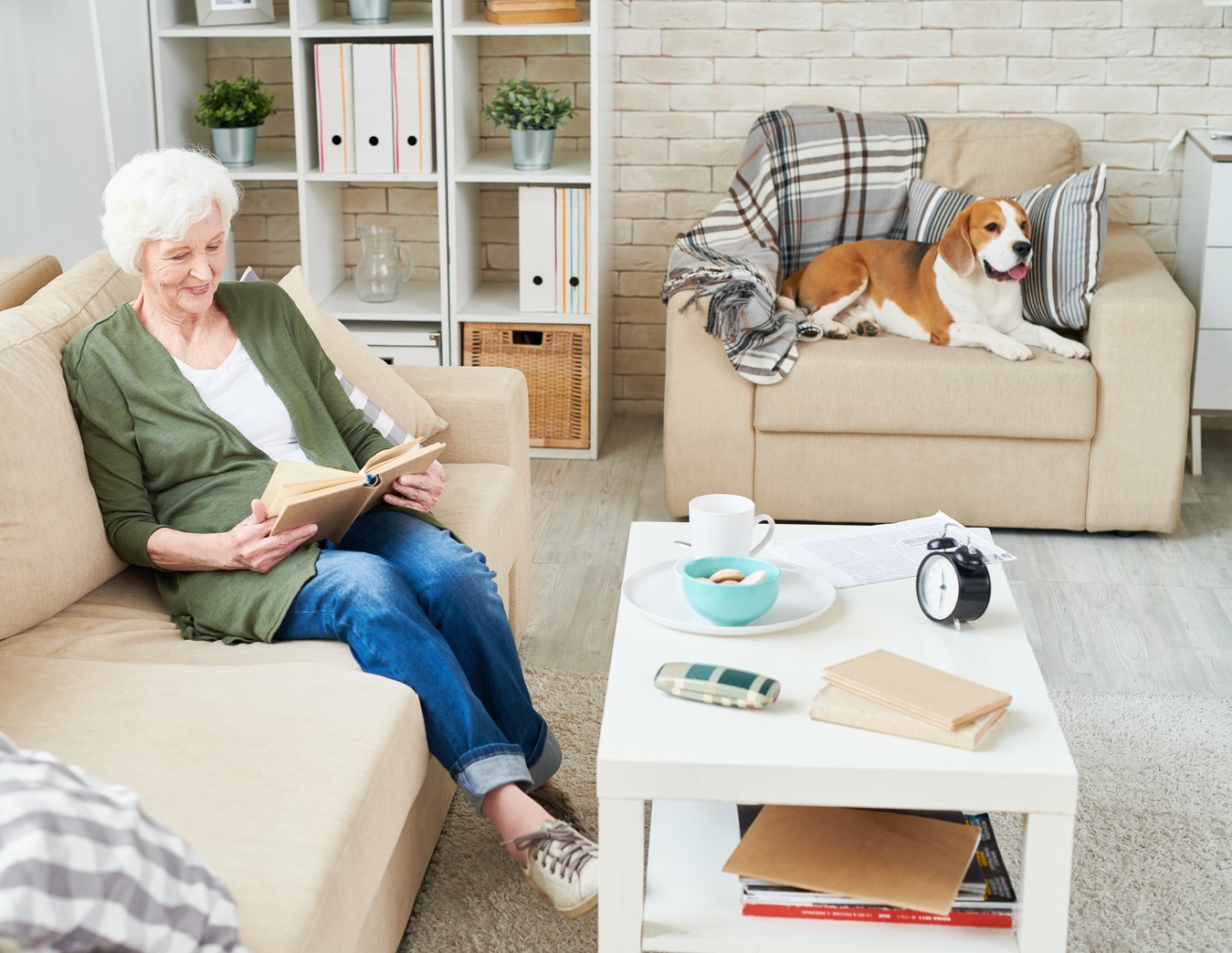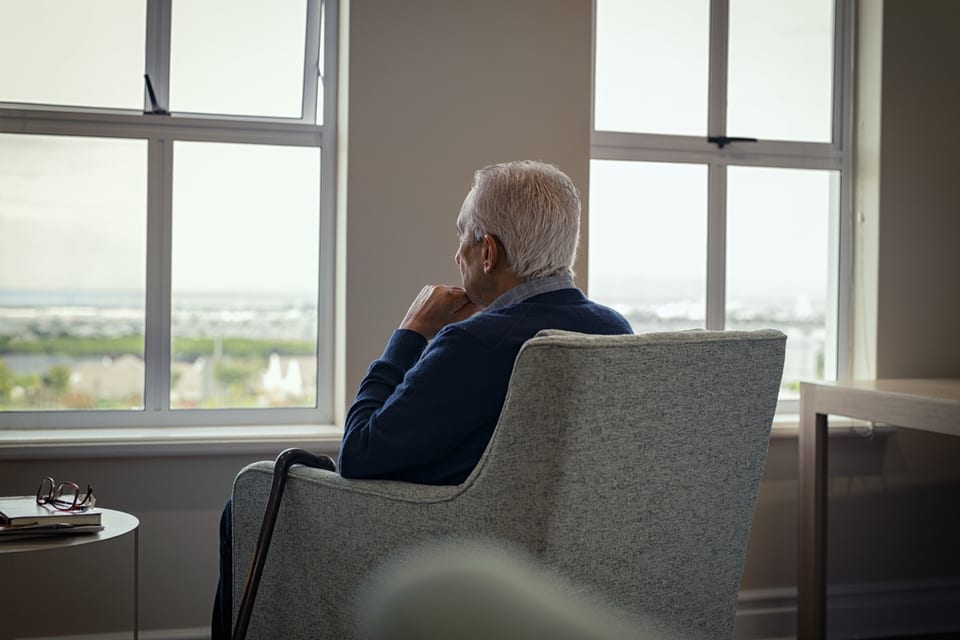Monitoring the well-being of elderly loved ones is a priority for many families. With the increasing awareness of privacy concerns, many are exploring how to monitor seniors without cameras. This topic is particularly relevant for family caregivers who want to ensure safety without compromising dignity.
By leveraging modern technology, we can now effectively monitor our senior family members without the need for invasive cameras. Let’s delve into various strategies and tools that can help achieve this.

The Importance of Non-Camera Monitoring
Monitoring seniors without cameras is crucial for maintaining their privacy and comfort. Cameras can feel intrusive and may not be suitable for all homes. Non-camera solutions offer a balance of safety and respect.
Technological Solutions for Monitoring Seniors
Sensors and IoT Devices
Using sensors and IoT devices, families can track movement and activity patterns. Devices such as pressure mats and door sensors provide alerts without capturing video.
An insightful article on IoT Sensors for Daily Life explores how smart technology enhances our daily living.
Wearable Devices
Wearable technology, like smartwatches and medical alert systems, allows seniors to call for help when needed. These devices monitor vital signs and activity levels, ensuring prompt assistance.
Home Automation Systems
Home automation systems can be configured to monitor environmental conditions such as temperature and air quality. This technology helps in creating a safe and comfortable living environment.
Benefits of Non-Camera Monitoring
Non-camera monitoring offers several benefits, including enhanced privacy, reduced anxiety, and the ability to maintain independence. Seniors can live with dignity while still being under the protective watch of their loved ones.
Challenges and Considerations
While non-camera solutions provide many benefits, there are challenges, such as the initial cost and the need for technological literacy. Families must weigh these factors against the benefits.
Cost Considerations
The cost of implementing non-camera solutions can vary. It’s important to consider the long-term benefits and choose solutions that fit within your budget.
Technological Literacy
Some seniors may find new technology daunting. It’s essential to offer support and training to ensure they feel comfortable using these tools.
Real-Life Applications
Many families have successfully implemented non-camera solutions, resulting in safer and happier living environments for their elderly loved ones. These solutions provide peace of mind while respecting privacy.
Case Study: Fall Detection
A family successfully used fall detection systems and pressure mats to monitor their elderly mother, ensuring her safety and providing immediate assistance when needed. Learn more about Fall Detection Without Cameras.
Case Study: Smart Home Integration
Integrating smart home technology helped another family monitor environmental conditions, enhancing comfort and safety. Explore more about Smart Elderly Care Solutions.
The Future of Elderly Monitoring
The future of elderly monitoring without cameras looks promising, with continuous advancements in technology. Innovations will further simplify and enhance the monitoring process, offering more refined solutions.
Conclusion
Monitoring seniors without cameras is a feasible and respectful approach to ensuring their safety. By utilizing technology thoughtfully, families can provide a secure environment while maintaining their loved one’s dignity. For more insights on fall prevention, consider visiting Mayo Clinic’s Fall Prevention Guide.

Frequently Asked Questions
1. What are the alternatives to camera monitoring for seniors?
Alternatives include wearable devices, sensors, IoT technology, and home automation systems that ensure safety without compromising privacy.
2. How can technology ensure the privacy of seniors?
By using non-visual monitoring solutions like sensors and wearables, seniors’ privacy is maintained while providing essential safety features.
3. Are non-camera solutions cost-effective?
While initial costs can be high, non-camera solutions offer long-term benefits, making them a worthwhile investment for family caregivers.
This article contains affiliate links. We may earn a commission at no extra cost to you.






